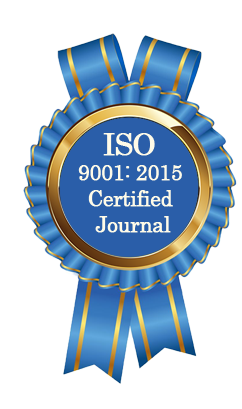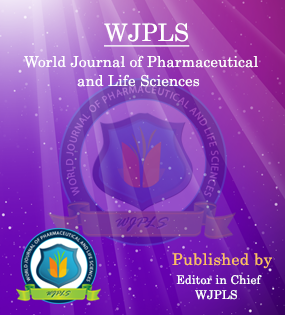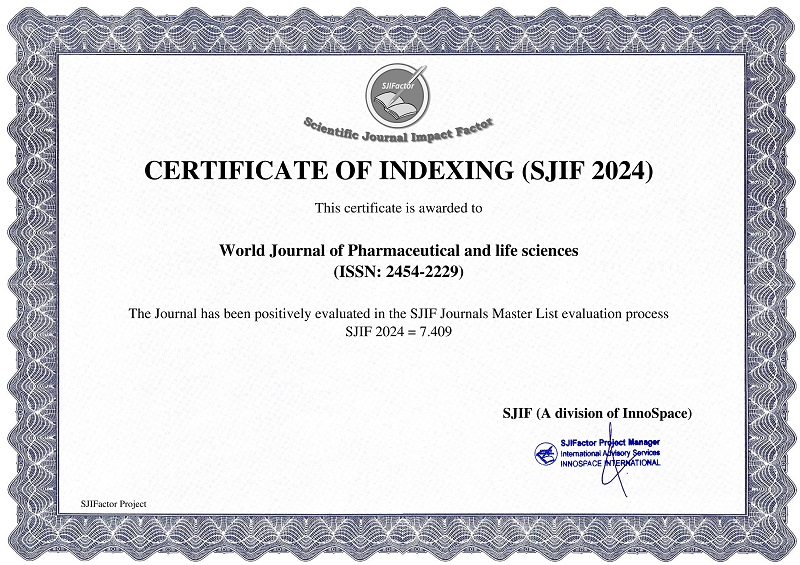Abstract
PERCIPIENCE OF BIOLOGICAL MECHANISMS OF CHRONIC OBSTRUCTIVE PULMONARY DISEASE AND ITS RISK OF LUNG CANCER
Akhila Yerubandi*, Sivakshari Makkapati, Sreenu Thalla, Padmalatha Kantamneni
ABSTRACT
Chronic Obstructive Pulmonary Disease (COPD) is defined as the chronic lung disease which is progressive and irreversible obstruction of airway along with the episodes of acute exacerbations. It is a combination of Emphysema and Chronic Bronchitis. Lung cancer has become most leading cause of death in last few years. Squamous cell carcinoma is the COPD related type of cancer, which is most common type of lung cancer. COPD is the major health hazard affecting around 251 million people globally. Biological mechanisms include chronic inflammation, Oxidative stress and DNA damage and repair. Genetic mechanisms include genetic overlap, somatic mutations, DNA methylation, MicroRNA (miRNA) regulation and epigenetics. Formation of lung tumor is due to induction of various interleukins and cyclooxygenase -2. Oxidative stress has major role in lung cancer development. Reactive Oxygen Species (ROS) damages DNA and single strand breaks and sites are increased in COPD and the lung cancer. Somatic mutations may affect both lung cancer and COPD. Hyper methylation of both promoter and tumor suppressor genes occur in lung cancer. miRNA regulates about more than 60% of protein coding genes. DNA methylations and post-translational modifications of histones are observed in these changes. Biological mechanisms identified so far offers a target for development of particular therapeutic strategies that further improve the health of the patients.
[Full Text Article] [Download Certificate]WJPLS CITATION 
| All | Since 2019 | |
| Citation | 422 | 322 |
| h-index | 9 | 7 |
| i10-index | 4 | 2 |
INDEXING
NEWS & UPDATION
BEST ARTICLE AWARDS
World Journal of Pharmaceutical and life sciences is giving Best Article Award in every Issue for Best Article and Issue Certificate of Appreciation to the Authors to promote research activity of scholar.
Best Article of current issue
Download Article : Click here





